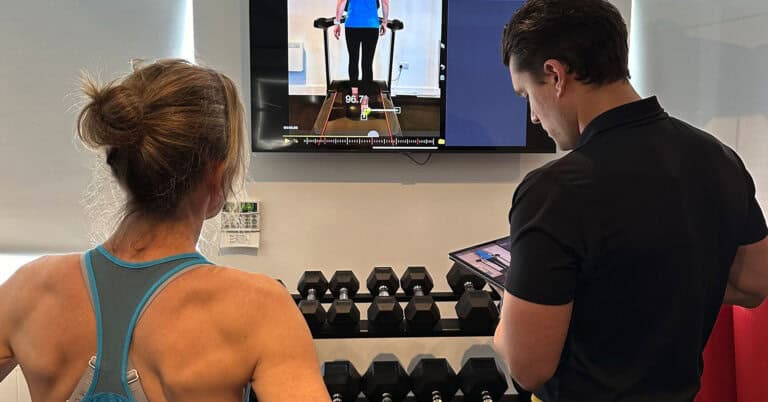Anyone with a driving license knows the struggle of long-distance journeys. Back pain goes hand in hand with many a marathon motorway slog, so it is important to understand why back pain occurs and how to combat it. Here at Active Health Clinics, we make it our job to educate our clients on the best ways to look after their bodies, so here are some tips on looking after your back whilst driving.
Why Does Driving Cause Back Pain?
When you are driving for long periods, your seated posture leads to losing some of the natural curve of your spine. This places extra strain on your vertebrae and disks; leading to back pain. Add to this the constant jolting and vibration from the car and you have a recipe for misery.
The way the car and its seats are designed don’t help much either. Modern cars opt for a lower roof line which reduces the space within the car. The drawback of this is that the car seats are tipped back to give enough head room. Tipped seats cause your legs to be straighter which places excess load on your hamstrings, as well as forcing your pelvis to roll backwards. The final result is the muscles in your lower back stretching and taking your body weight.
Staying Comfortable When Driving
Being comfortable from the moment you set off on your journey is one of the best ways to reduce back pain when driving. Any small niggle or irritation you feel when you set off on your journey can turn into an exceptional pain for you. When you are comfortable, your body relaxes and is better at adapting to vibrations and juddering that come from your car.
The following will give you the most comfortable position for long distance car journeys:
- Sit up as straight as possible with your knees slightly higher than your hips
- Keep your chin pulled in
- Centre your head over your spine
- Take a moment to ensure your back is aligned along the centre of your seat
- Push your backside firmly into the seat to ensure as much of the length of your thighs as possible are supported by the seat cushion
- Position the seat forward enough that both your elbows and your knees are at a slight bend when pedals are fully depressed
Following professional consultation you could also consider using one of the products that help ensure your spine holds is correct position. There are plenty of options out there, including memory foam pillows, lumbar support attachments, and even rolled up mats.
Movement Is Key
Even with a perfectly comfortable seat, after driving for an extended period of time, your body will start to stiffen up. This is a warning sign of imminent back pain. Extended periods of non-movement will likely result in aches and even muscle spasm. Make regular stops before your back begins to hurt with rest stops to get out of the car, move around and stretch. The simple act of movement will stimulate blood flow to your lower back and allow the muscles to loosen up.
So, in short, make sure your seat is correctly positioned, make sure you sit in your seat properly and make sure you do not sit still for too long.


